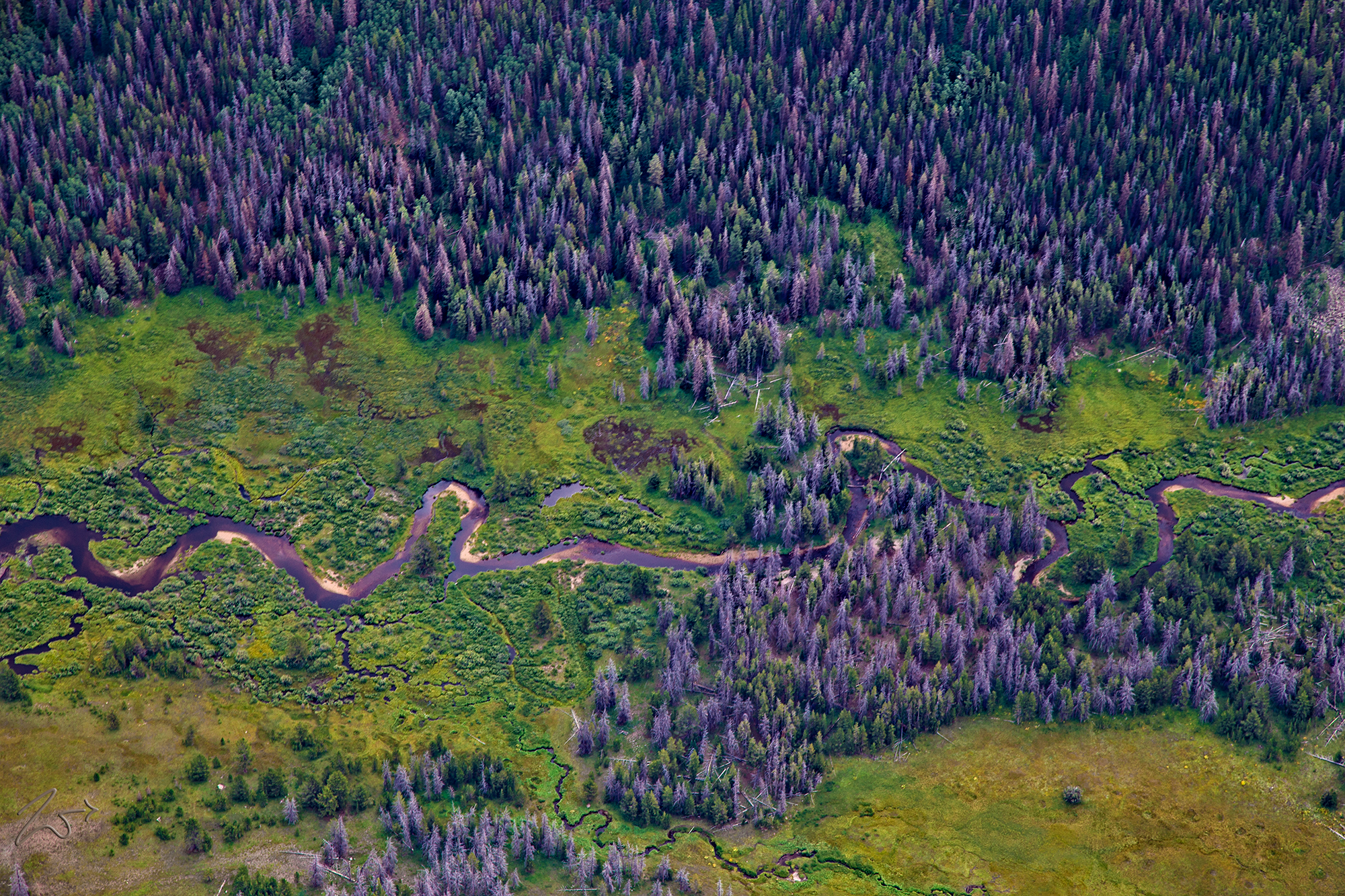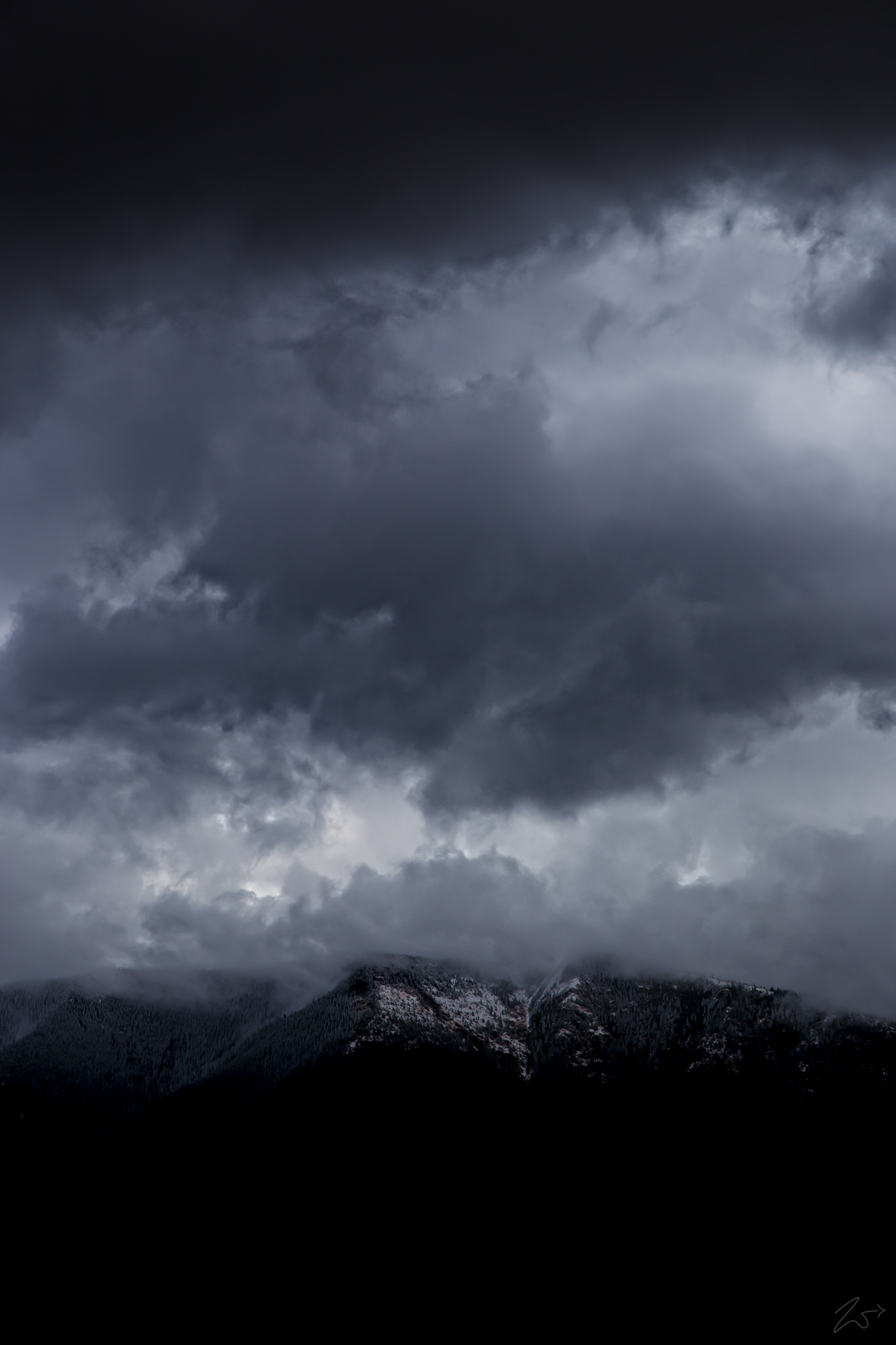
In the heart of the majestic Uinta Mountains of northeastern Utah, where the air is crisp and the scenery breathtaking, lies a serene oasis known as Christmas Meadows. Here, the Stillwater Fork of the Bear River meanders gracefully, painting a picture of tranquility against the backdrop of towering peaks and verdant forests. At an elevation of 8,800 feet, this ethereal sanctuary, ensconced within the Uinta Wilderness of the Wasatch National Forest, beckons both wanderers and dreamers alike to immerse themselves in its timeless beauty.
The Stillwater Fork River, a lifeline coursing through this idyllic realm, draws its essence from the myriad headwaters that punctuate the landscape. Amethyst Lake, nestled in the Amethyst Basin, bestows its crystalline waters upon the Ostler Fork, a tributary that merges seamlessly with the river’s flow. To the west, beyond the sinuous ridges crowned by Ostler Peak, lie the pristine reservoirs of Ryder Lake, McPheters Lake, and Kermsah Lake, each contributing their essence to the nourishment of the land.
In antiquity, long before the echoes of modernity graced these hallowed grounds, the First Nations Shoshone People roamed these lands, their spirits intertwined with every facet of nature’s grandeur. For them, Christmas Meadows was more than just a geographical location; it was a sacred canvas upon which their ancestral heritage was etched. As they traversed the rugged terrain, forging bonds with the land and its inhabitants, they discovered sustenance and solace amidst the challenges of existence.
Zedekiah: I filmed this tranquil image of Christmas Meadows early in the afternoon during the fall while exploring the wilderness area of the Uinta Mountains from The Grand Escalante National Monument all the way up to Wyoming. The way the river reflected the purple clouds above the purple and green forest was amazing.
It is now understood that countless generations of Native Americans have found physical and spiritual nourishment in the rugged landscape of what is now the Wasatch National Forest. Near the end of the last Ice Age, those original inhabitants discovered and fashioned unique methods that allowed them to survive in this often harsh and unforgiving environment.
Yet, beneath the verdant canopy and beside the murmuring streams, lies a tapestry woven with the threads of human resilience and reverence. Through the annals of time, generations of Native Americans have forged an intimate bond with this untamed wilderness, drawing sustenance from its bounty and solace from its grandeur. From the dawn of humanity to the present day, the forest has served as a sacred conduit, nurturing both body and spirit, and fostering a profound connection between man and nature.
Today, as the echoes of ancient traditions reverberate through the corridors of time, contemporary groups such as the Northwest Shoshone, Goshute, Ute, and Eastern Shoshone continue to uphold the sacred legacy of their forebears. Their cultural and spiritual ties to this enchanted forest endure, serving as a testament to the enduring power of nature to unite and inspire the human soul.
In the tranquil embrace of Christmas Meadows, amidst the whispering pines and babbling brooks, one cannot help but feel a profound sense of reverence for the timeless bond between mankind and the natural world—a bond that transcends the constraints of time and space, and endures as a testament to the enduring majesty of the human spirit.

